If I were to ask you, “Name the vegan protein that comes to mind,” would you answer with a basic term such as “Plant-based protein,” or would a unique product name such as “Orgain” come to mind? Obviously, a name like Orgain is the more memorable option, which begs the question, why do brands choose such basic-unrecognizable names?
Among all the elements of brand development, none defines the product as distinctly as its name. It serves as a permanent marker of memorability, significantly impacting the success or failure of a product. Despite its critical importance in the brand strategy, the product naming process often overlooks fundamental steps crucial to finding the perfect name.
Brands have no problem being critical about their new product, taking a significant amount of time (sometimes more than necessary) to develop a great name. They lack the formula that leads to a name that will increase awareness and attraction. This article is a roadmap that takes you from point A to point Z in SmashBrand’s product naming process.
What is Product Naming?
Product naming, sometimes incorrectly called brand naming, is carefully selecting a unique and memorable name for a product. The naming process establishes the product’s identity, which applies to new and existing brands.
Why Product Naming Is Important
Unlike other forms of branding and marketing, you get one shot at choosing the correct name. You already understand the difference between a forgettable and memorable name, but there are more naming decisions to make if you want to land on one that leads to greater purchase intent.
So, how important is product naming? It’s everything.
The Psychology of Product Naming
Shoppers are not looking for products but to solve problems or establish positive feelings. Naming your product “plant-based protein” accomplishes neither, but naming it Pro-Plant 100 isn’t guaranteed to either. Product naming psychology is both art and science, where you work to create memorability, excitement, and confidence in the consumer’s minds.
Types Of Product Naming Strategies
The initial phase of the product naming process requires you to comb through the various product naming strategies successful brands have used to distinguish themselves from the competition. Here’s a sneak peek at each.
Emotional Naming: Certain product names can evoke emotions and trigger specific feelings in the target audience. When performed correctly, emotional names connect the consumer and the product.
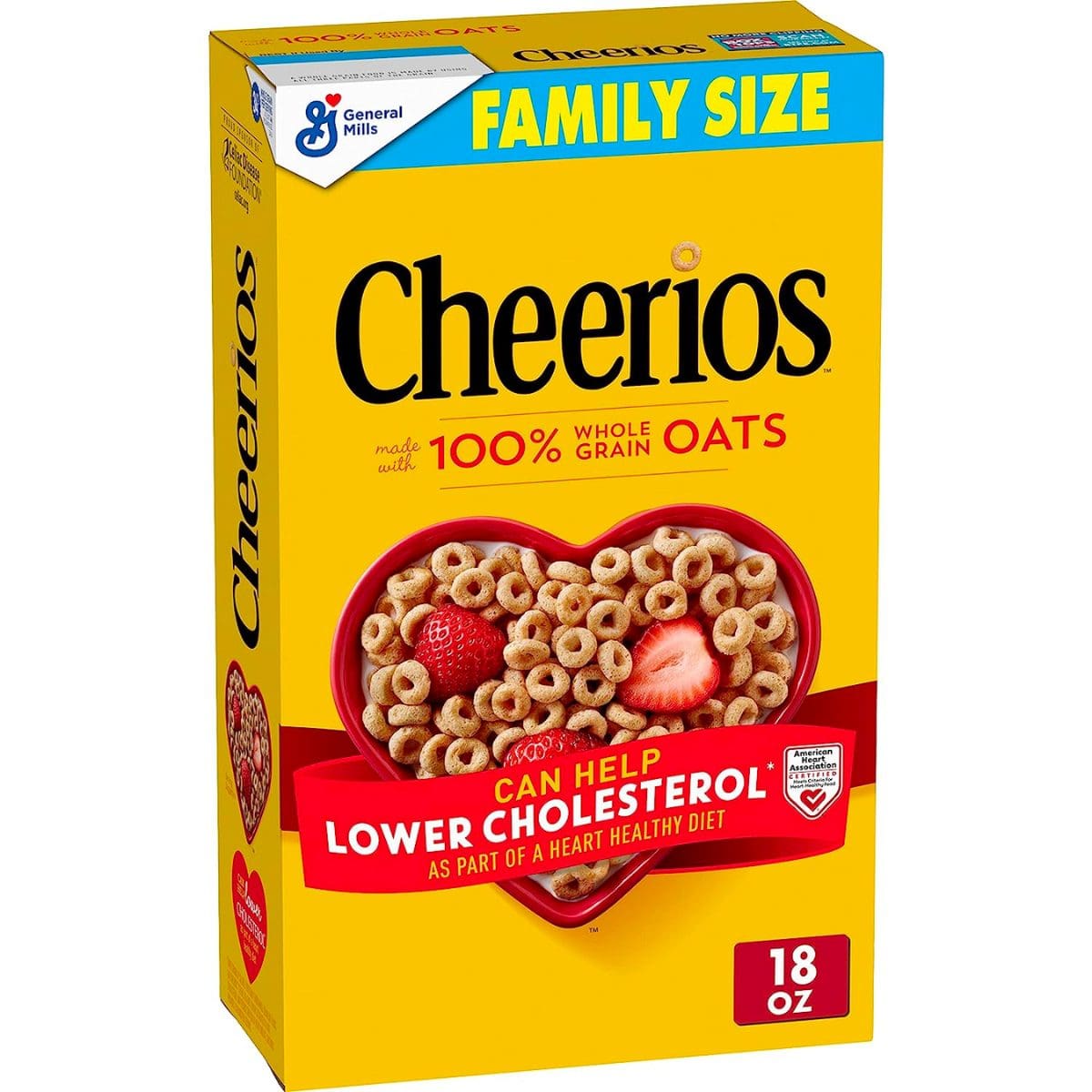
Associative Naming: When a consumer is looking for a solution, finding an association with a specific quality or feature they are looking for can attract them to your product. Associative naming works when the competitive gap has yet to be filled but may not work long-term as more competitors take this position.
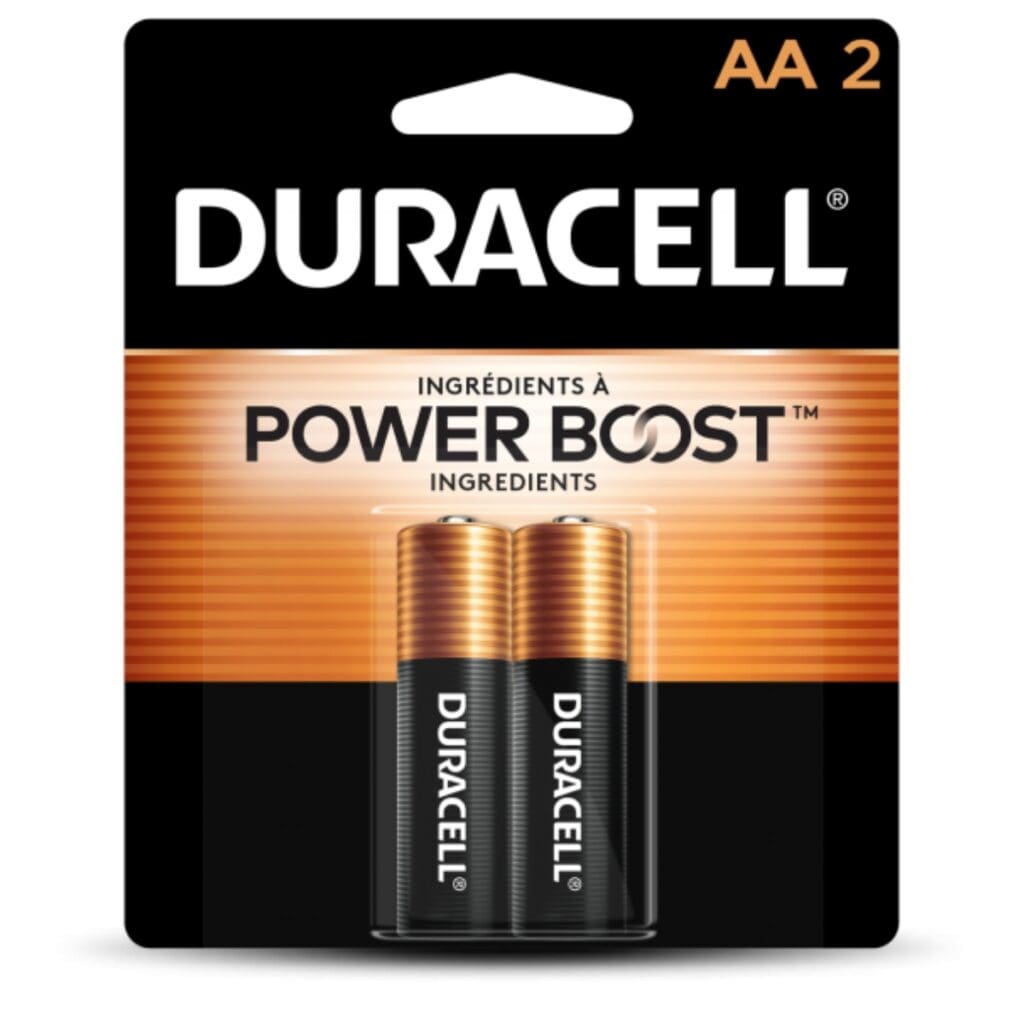
Experiential Naming: Choosing to name your product based on the experience can create a strong neuro association. By highlighting the experience, a product positions itself in more environments than just the retail store to generate greater memorability.
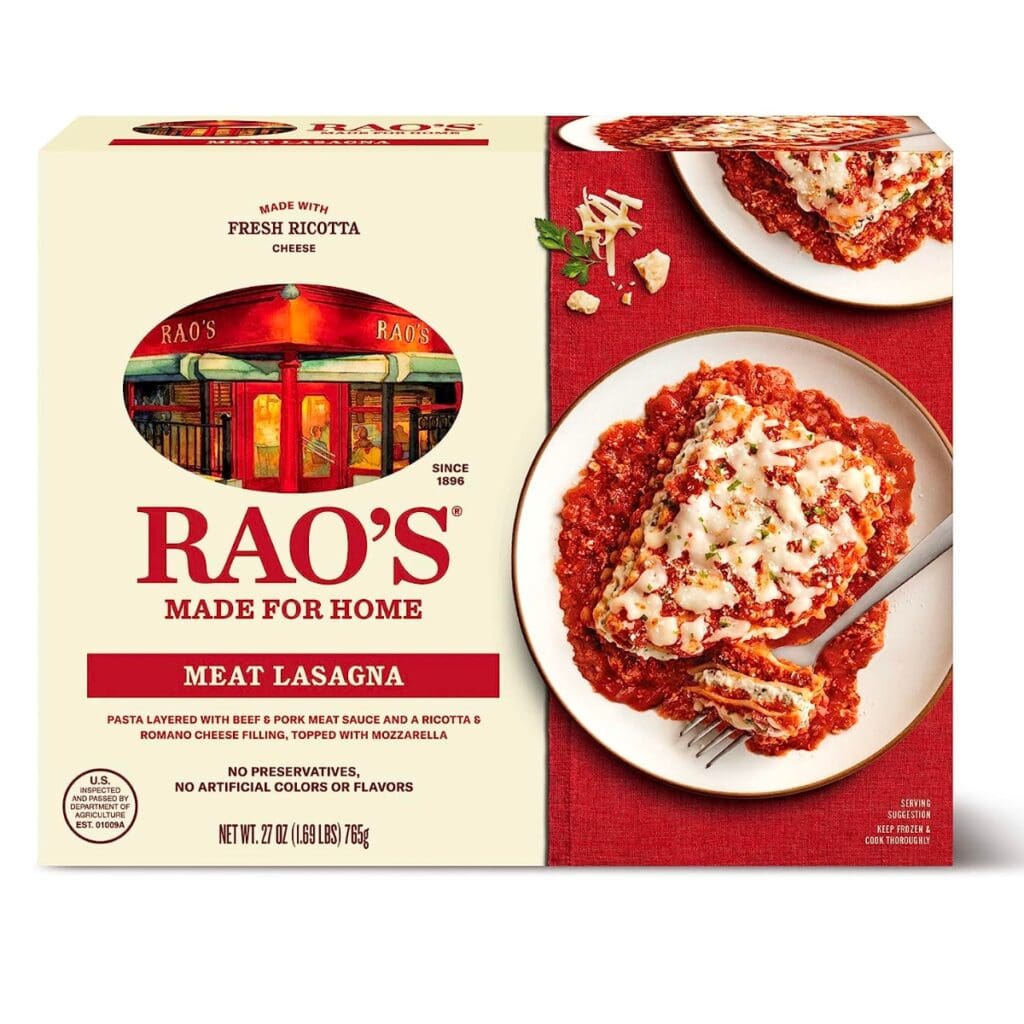
Metaphorical Naming: An indirect approach to describing your product’s essence or purpose sometimes provides distinction and intrigue. Brands can use metaphorical naming to become memorable and create conversations.
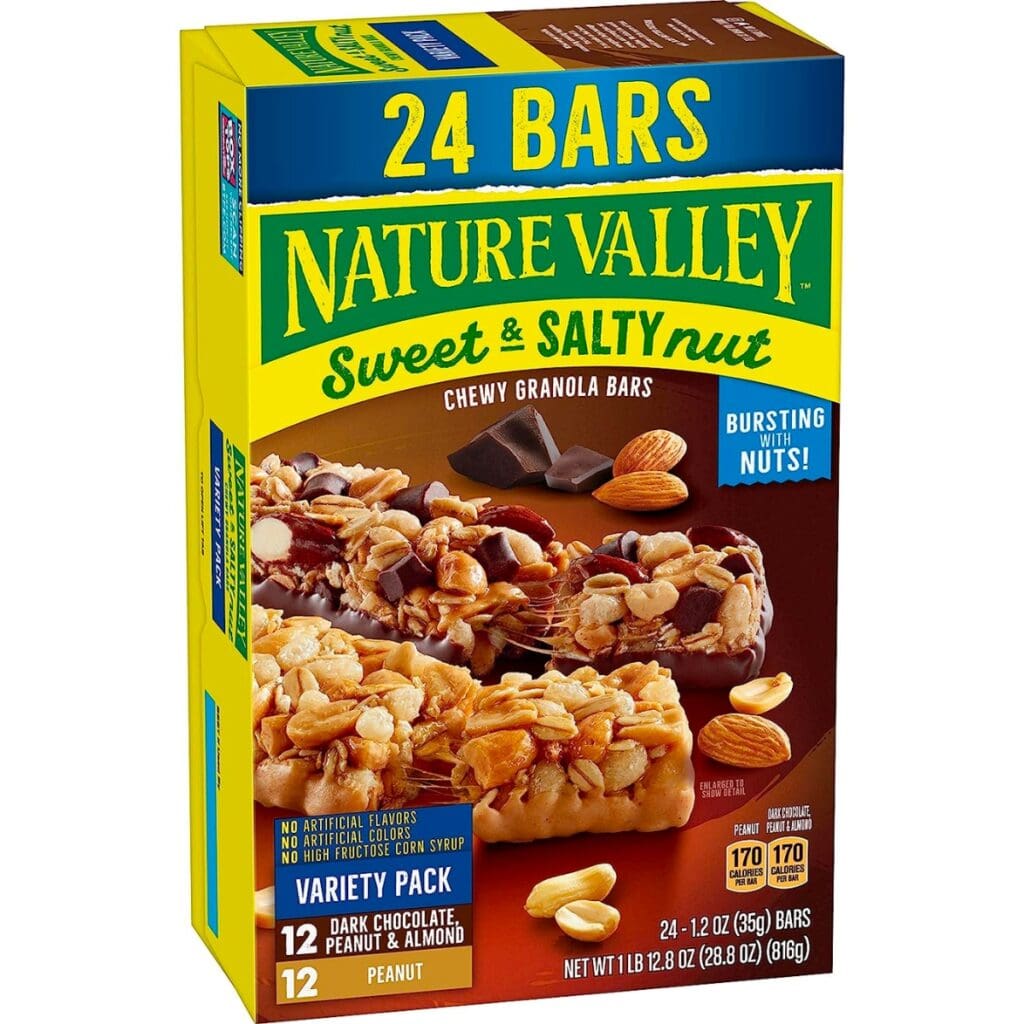
Alliterative Naming: If you need to retain the core product within the name, alliterative naming can help improve the playfulness and make it easier to remember.
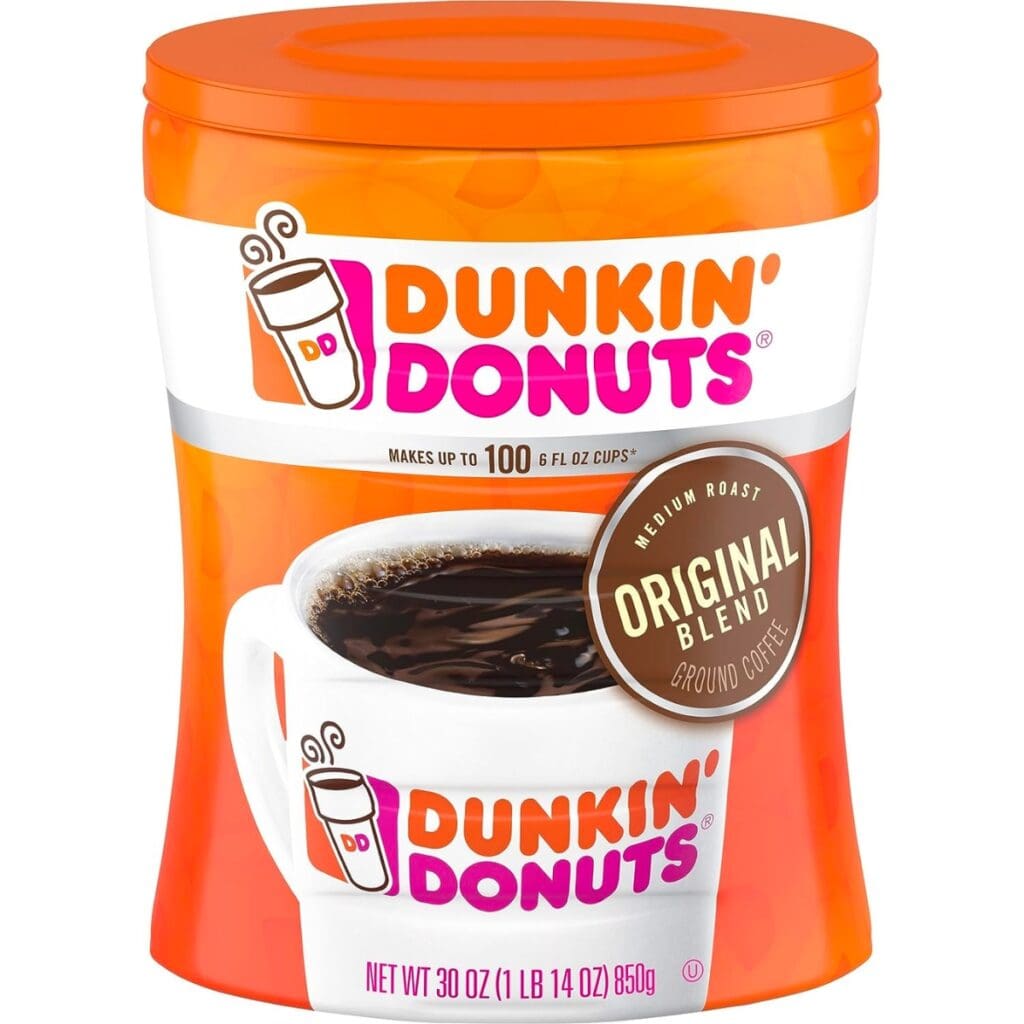
Sequential Naming: As your product ages, you can use sequential naming to keep your product “updated” in the consumer’s mind.
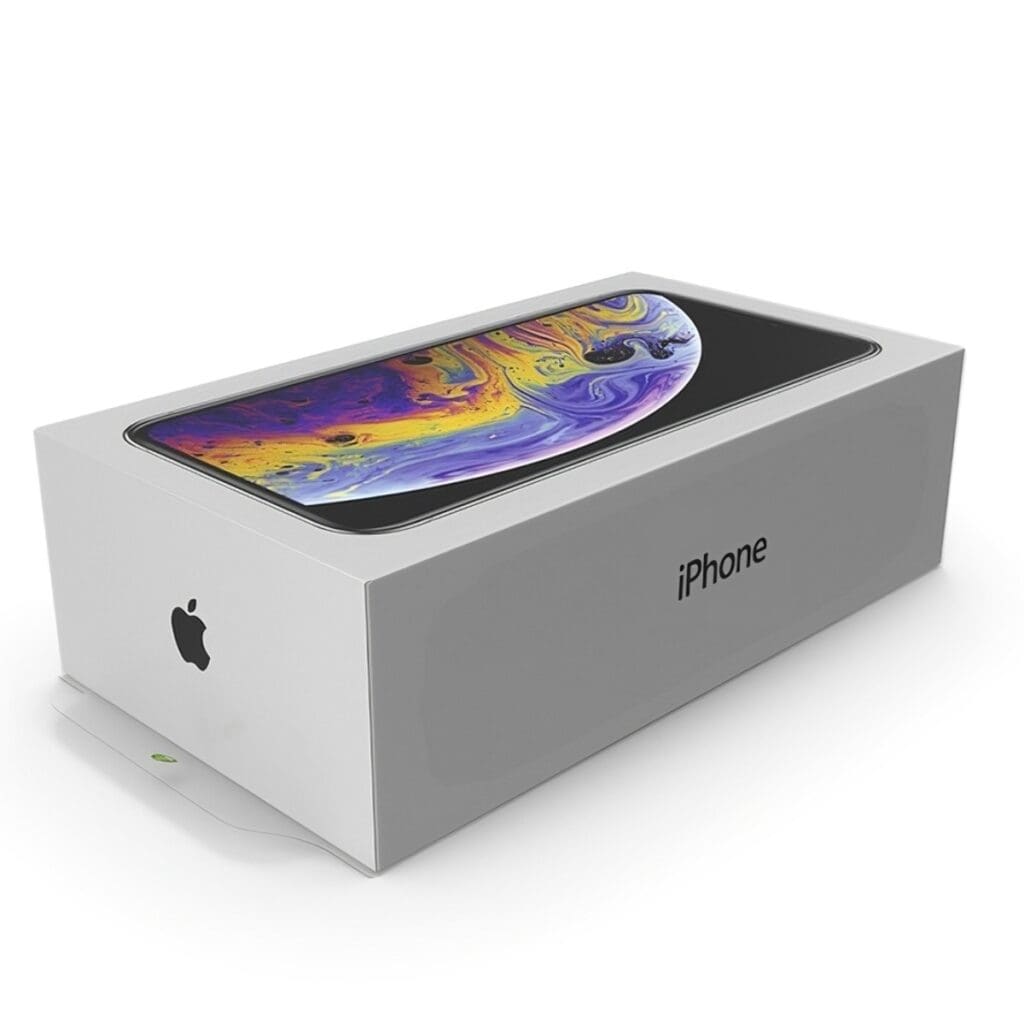
Descriptive Plus Naming: Sometimes, a product has two distinct features that, when combined, showcase how this plus equals distinction. We see descriptive plus naming when someone builds a better mousetrap.
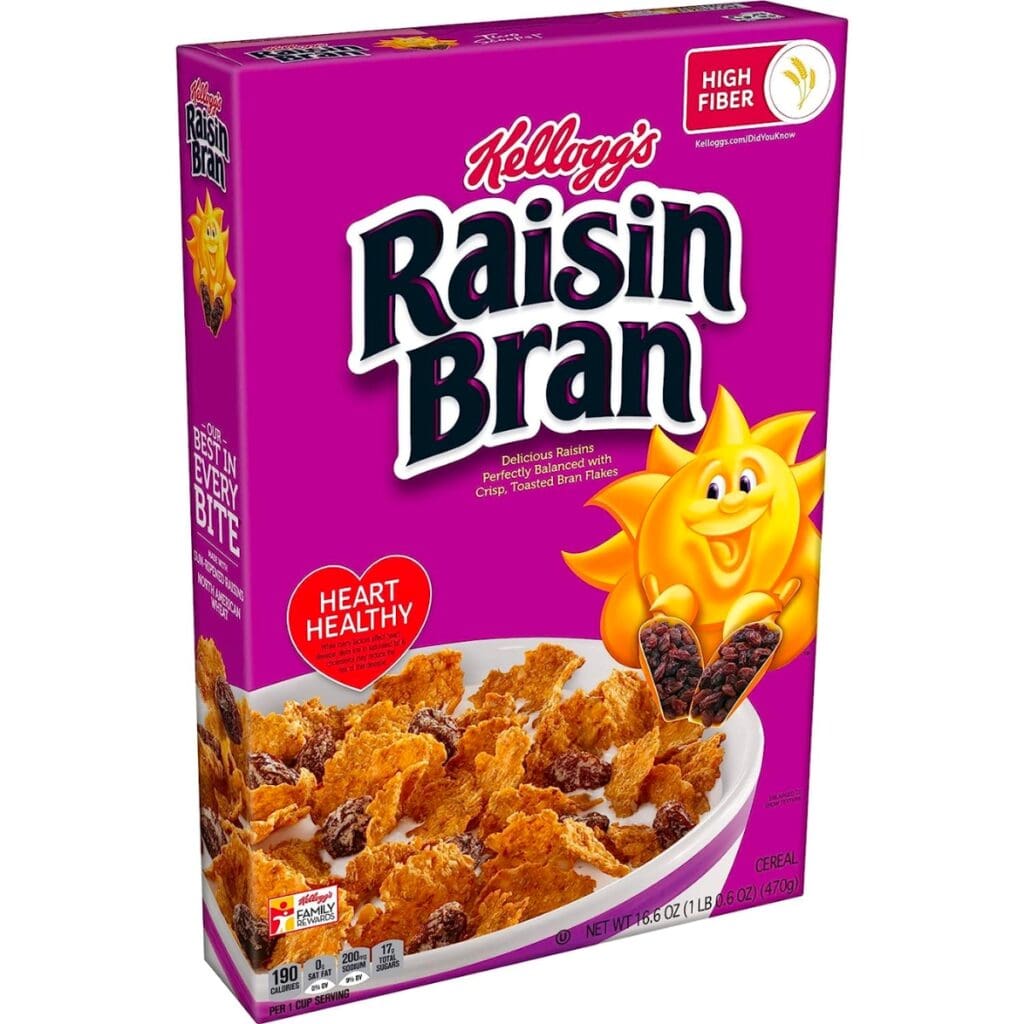
Time-Based Naming: Time-based naming may be the right approach if your product results in a desired period or season.
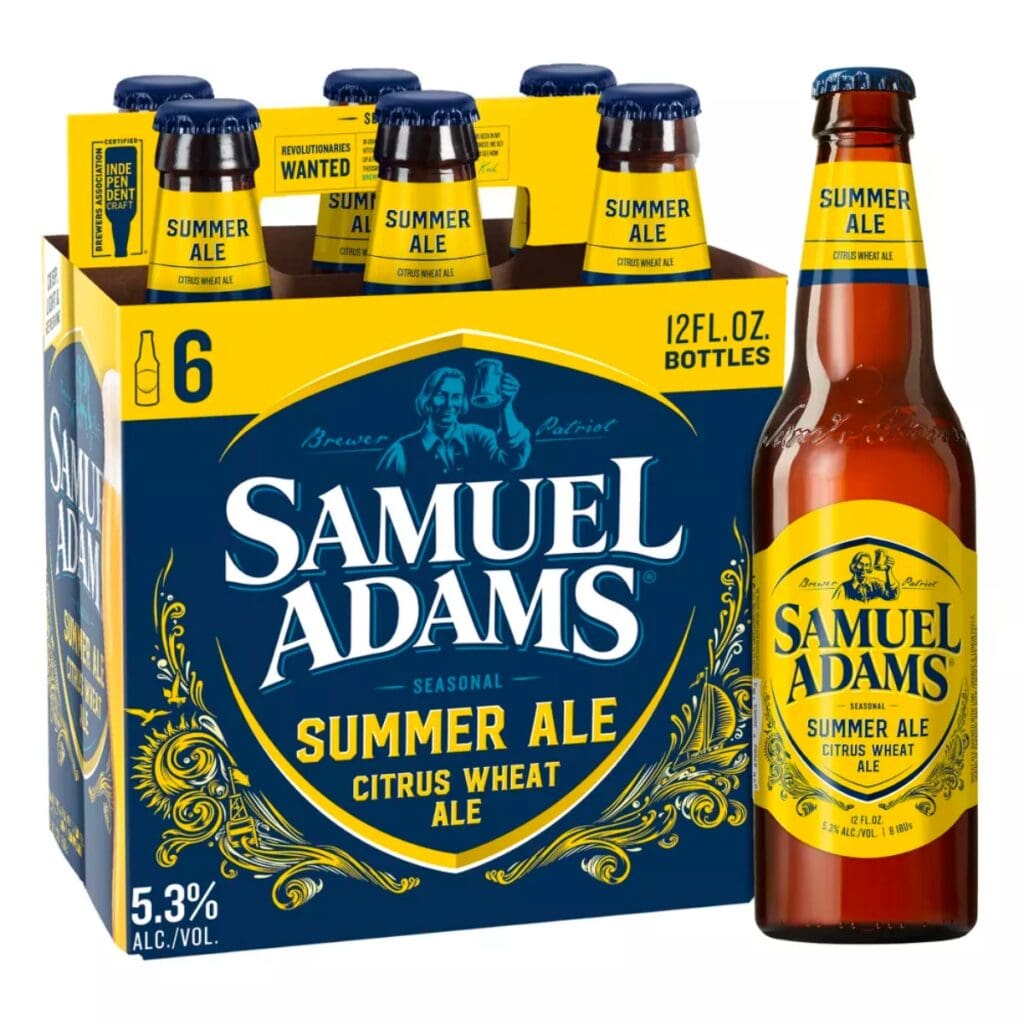
Inventive Spelling: Intentionally misspelling words or incorporating numbers to replace letters can be a way to stand out, but tread carefully here as it can confuse or frustrate the consumer.
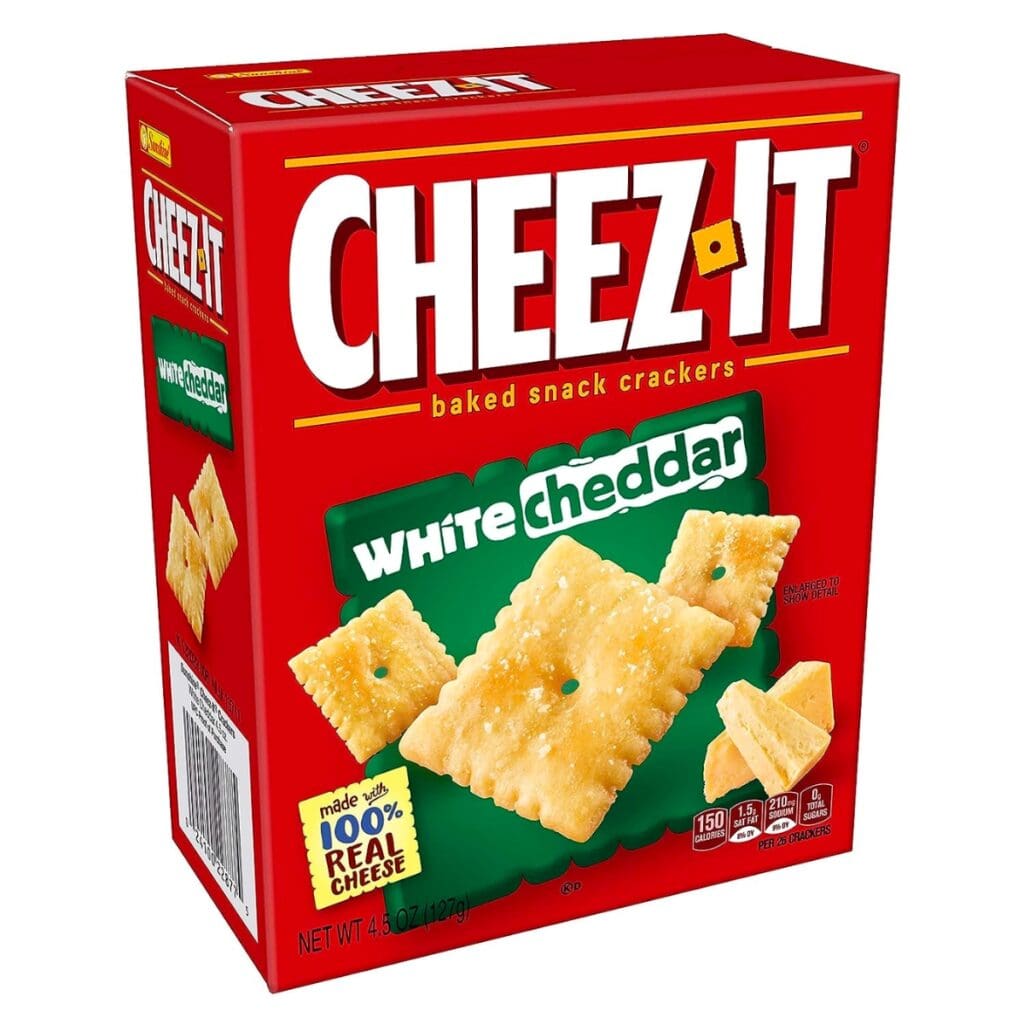
Storytelling Naming: While names are only a few words, we can use them to tell or insert ourselves in a story. When well-executed, storytelling naming leads to a deeper connection with the target consumer.
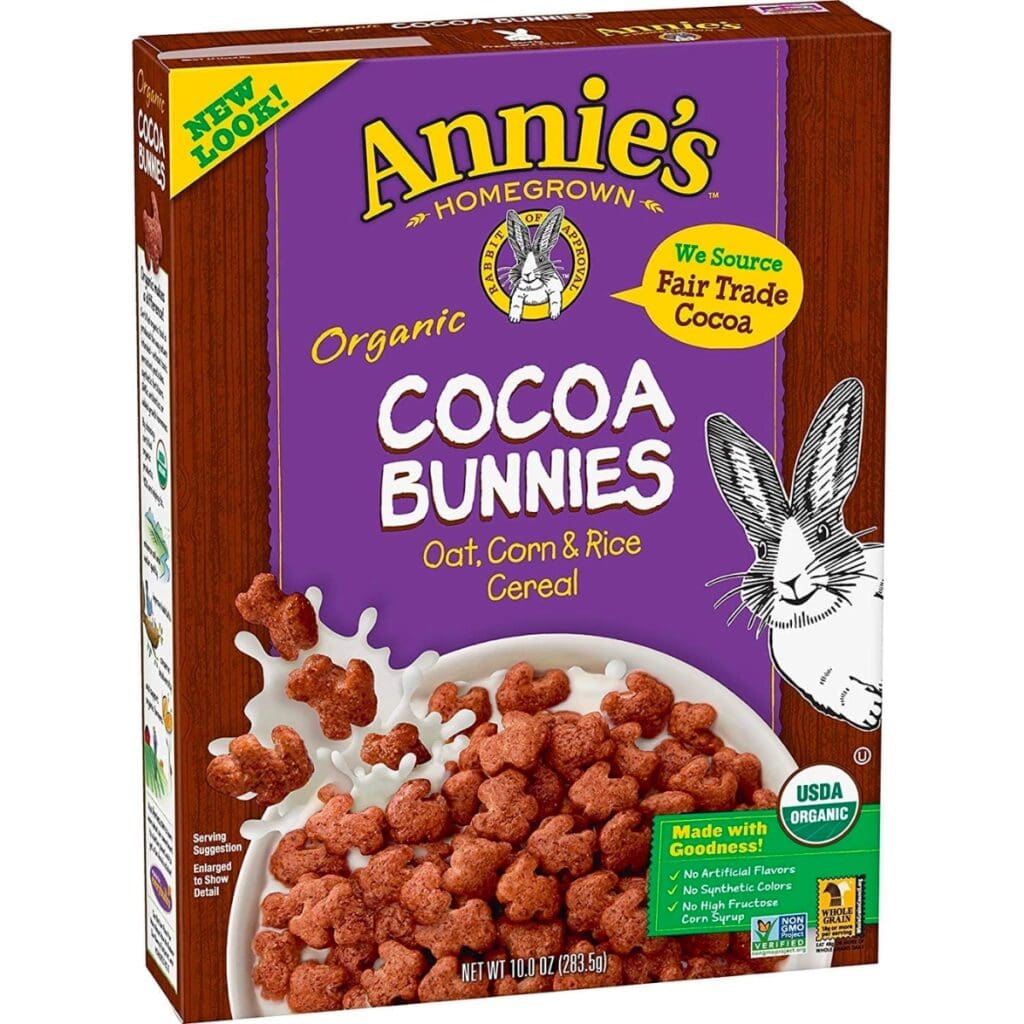
Trend-Based Naming: Since trends come and go, we only advise this strategy if you offer a limited edition, temporarily available product or if the trend is unlikely to fade.
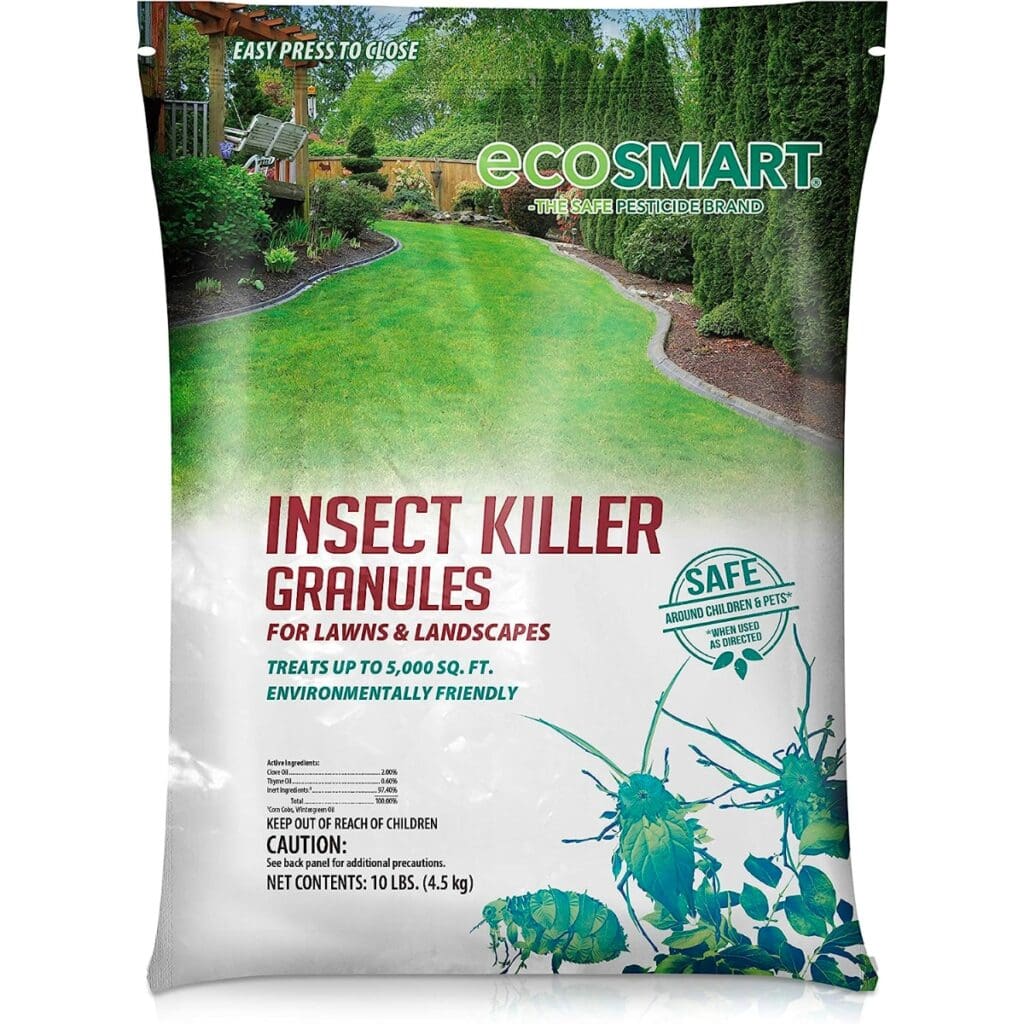
Suggestive Naming: In the right setting, names that imply a specific feeling or outcome can help consumers see it in their mind. We often see suggestive naming in products where making claims can land them in trouble.
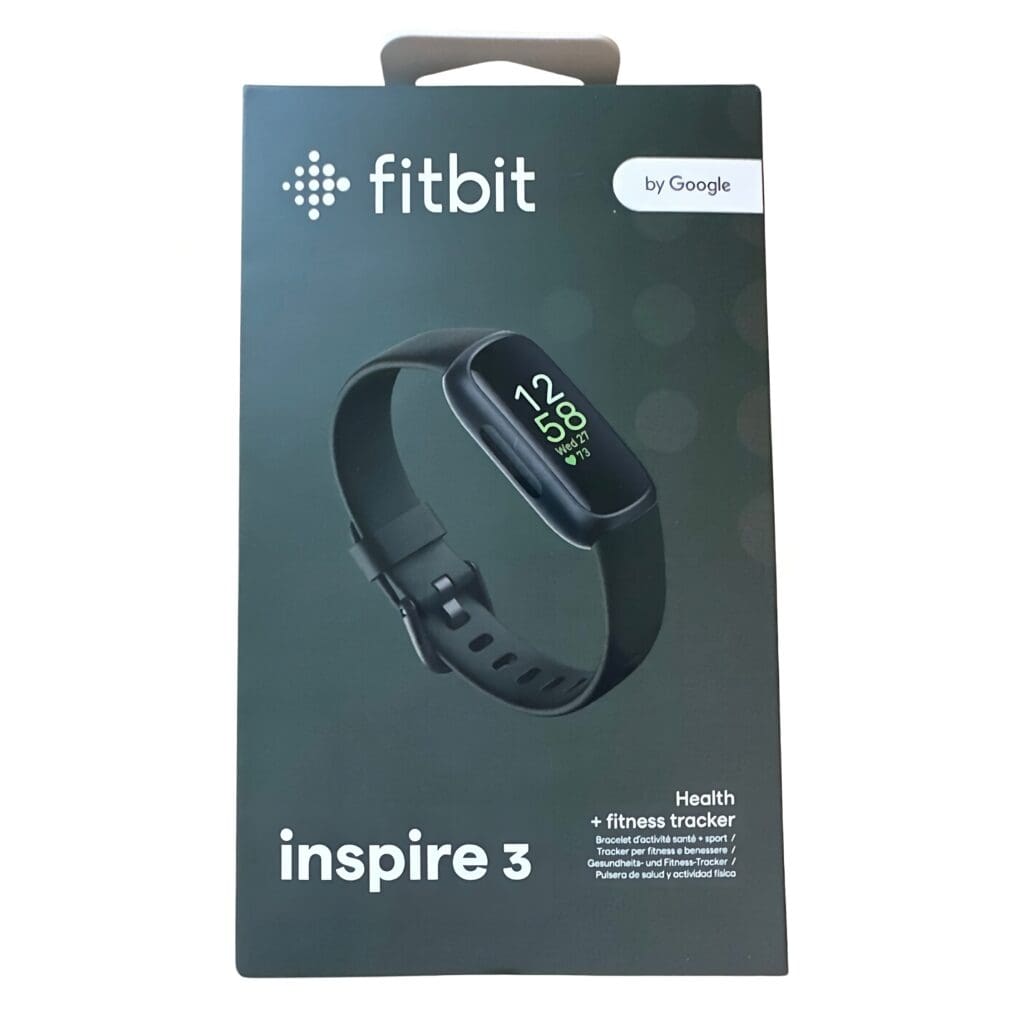
Personality naming: Many products create a personality out of their name. Whether it’s a fictional character or a real-life individual, personality naming can help bring the product to life.
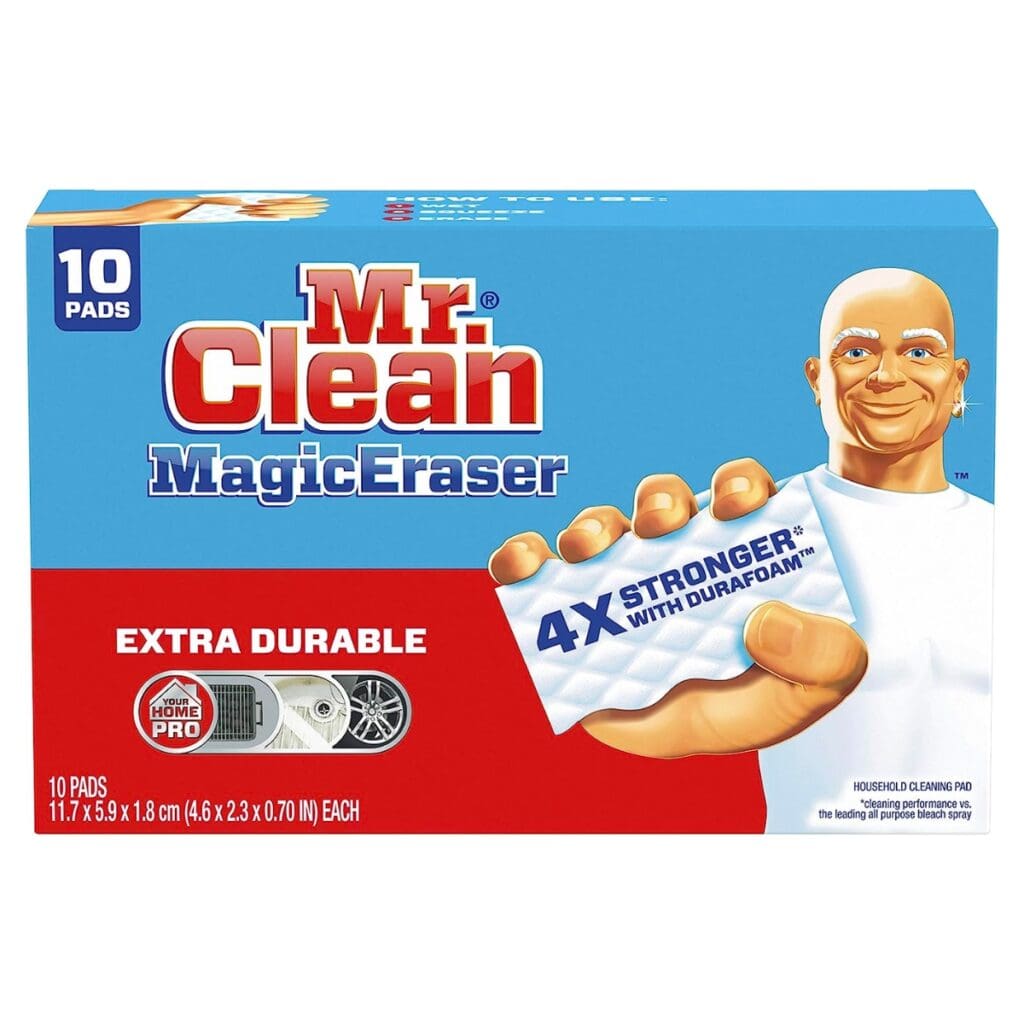
You are not required to choose one of these strategies as often; you can capture several strategies with a single name. While literal names won’t mesh with suggestive names, choosing descriptive names with inventive spelling is possible.
Product Naming Framework
The wrong (yet most common) approach to product naming is to contact your team and have them drop names in a digital box for future consideration. The team then deliberates which name is best, often letting a voting process decide.
While letting your team establish their ideas is helpful, it’s not the starting point, and the voting process is certainly not the best way to make a final decision. We must ask many questions before creating potential names and answer additional questions before choosing the final name.
The product naming framework you create for your product is even more important than the one you make for your brand naming process. Brand names can change, but product names are much more challenging to navigate away from.
Product Naming Strategy Sessions
To begin, your team and product naming agency will get together to go through a series of product naming exercises. Together, you will conduct research and review the various product naming strategies. Here’s a look at each of these steps within this brand strategy.
Target Audience
Before you go to the drawing board to come up with potential names, you first must understand the target market. You will understand their needs, hopes, wants and desires through market research. Understanding this information will give you a much-improved map for how to name your product.
Product Differentiation
Like every aspect of a brand strategy, reviewing the competitive landscape to see what naming strategies brands use will create opportunities to stand out with your brand positioning.
Brand Story
Leveraging your brand story isn’t a great strategy for front-panel purchase drivers, but it can work to enhance brand identity through product naming. Review your brand story to see if incorporating it into your product name helps distinguish your product positioning.
Perform Product Name Testing
Even if you follow all the previous steps to the best, there’s a chance your name doesn’t cut through the noise and stick in the minds of consumers. Only knowing how to come up with product names is not enough. Testing name variants is a necessary part of brand testing that every product should go through.
Product Naming Best Practices
In every category, there are specific considerations that every brand should prioritize before making a final decision on a name.
Scalable
What will your brand architecture look like in 3-5 years? Will you focus on individual product extensions, line extensions, or brand extensions? When creating a product name, it’s best to think about what your end game looks like. Thinking through how you foresee future expansions will prevent you from choosing a name with limitations that prevent your long-term objectives.
Read more: Line Extension vs. Brand Extension.
Brand Relevance
You can have the most distinctive and memorable product name, but if it isn’t relevant to your business, it can create confusion that will hurt your overall brand recognition. If it’s not relevant but a product worth producing, develop a sub-brand to create distance between this new product and your main product line.
Negative Connotations
Ensure you thoroughly comprehend any potential misunderstandings or interpretations regarding a new name as it enters and expands into different marketplaces. Even if it was an innocent mistake, having negative connotations associated with your brand will lead to consumer distrust.
Legal & Trademark
Working with a trademark attorney before deciding on a product name is a fundamental practice every brand must implement into their naming process. The impact of legal repercussions can be expensive and detrimental to your product’s performance. Taking legal precautions is worth the investment, even for peace of mind.
Read More: How To Conduct A Product Naming Workshop
Product Naming Tips
While every category is different, we have a few tips to remember as you think through the perfect name.
Keep It Short
The longer a name, the harder it is to remember. When naming your product, aim for a maximum of 3-words (preferably two). Remember, you can often get the same message across by leveraging the descriptive plus strategy.
Easy To Pronounce
Whether it’s an original, hybrid, or inventive spelling word, ensure that consumers can speak it quickly upon reading it. If it is tough to pronounce, you will reduce your brand’s reach as consumers struggle to communicate it to their friends.
Product Naming Agency For CPG Brands
Our data-driven strategy process assists in identifying product naming opportunities. We discover the potential name with the highest impact by conducting thorough testing. Subsequently, our design team incorporates this name into the packaging design and branding strategy.
Book a meeting with our team to discuss your project and learn how we can assist you in finding the ideal name for your product.
Subscribe to
Nice Package.
A monthly newsletter that unpacks a critical topic in the FMCG & CPG industry.
Free Resource.

CPG product repositioning guide.
Explore the five undeniable signs your CPG product needs repositioning along with strategies for leveraging consumer insights for a guaranteed market lift.
Learn More About CPG product repositioning guide.